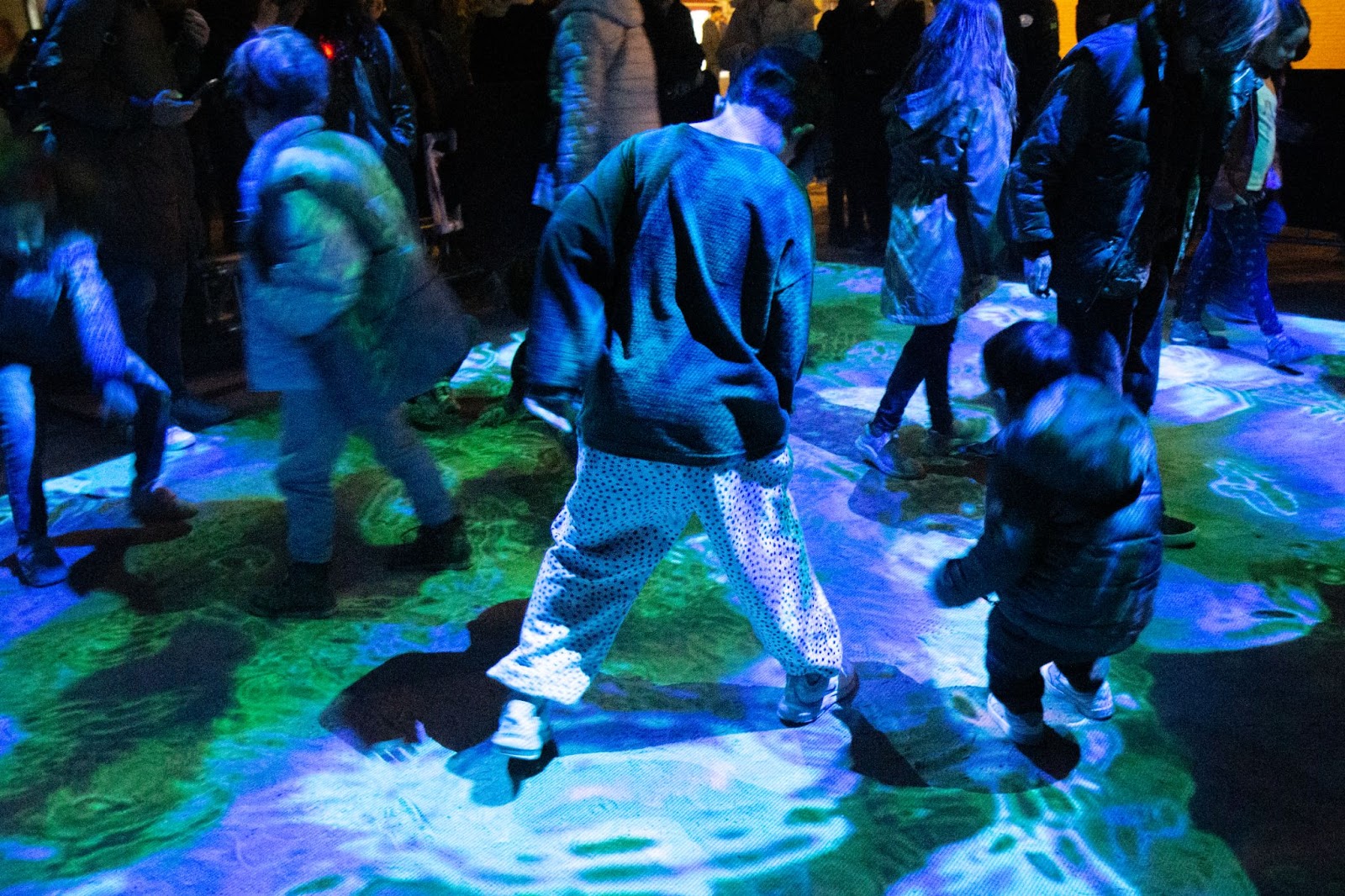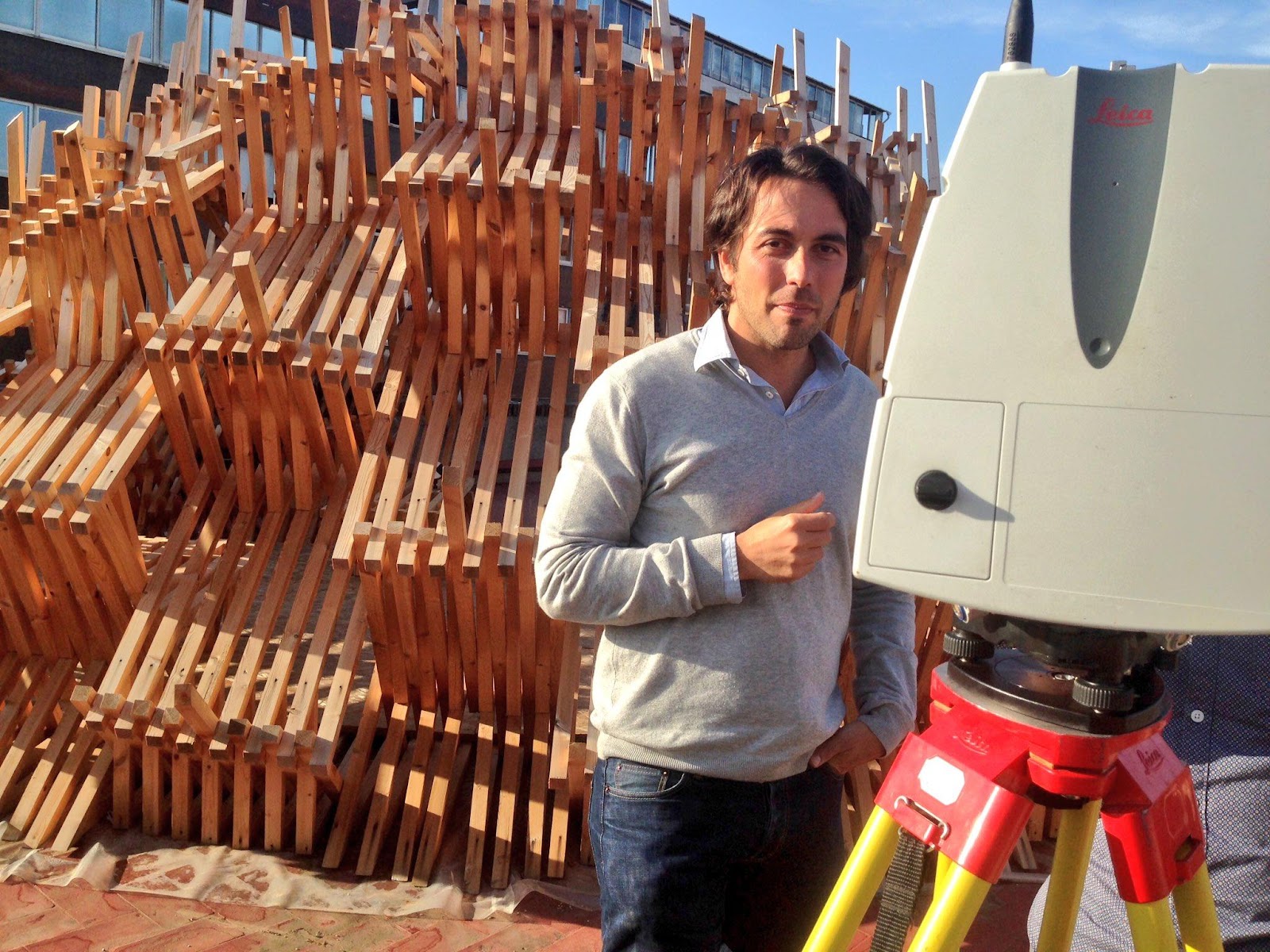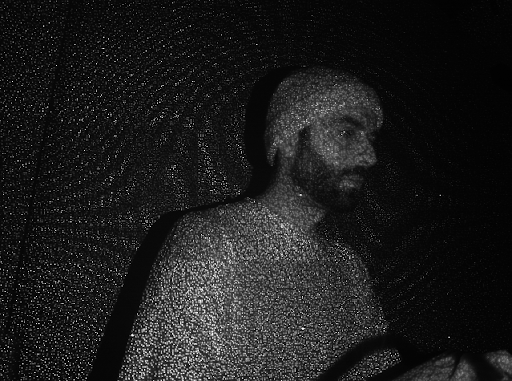Context for Llum BCN 2024⇝
The Llum BCN festival is organised by the Barcelona Institute of Culture (ICUB). It takes place during the month of February to coincide with the Festival de Santa Eulalia.
Llum BCN is a festival of lights. For three nights a part of the city is selected as the backdrop for light installations by professionals and academic institutions. The year 2024 marks the 13th edition of Llum BCN and the 10th participation of IAAC:
- 2014: Data Net
- 2015: Pluja de Llum
- 2016: Llum Tafanera
- 2017: Brillem en la foscor
- 2018: Playball!
- 2019: Bosc Nocturn
- 2020: Eolica
- 2021: Lumina Foresta
- 2022: Aigua Invisible
- 2023: Re-generation
Location⇝
Llum includes installations from professionals, universities and institutions. The locations for the event are selected and assigned by the ICUB (Institut de Cultura de Barcelona). Until 2017, Llum BCN took place in the Gotico neighbourhood of Barcelona. In 2018 the festival moved to Poblenou district: a change of location, which created a new challenge that brought new strategies of the treatment of light and space. The neighbourhood of Poblenou is in continuous change. Industrial heritage, new architecture, urban art, chimneys, granes, artists and technology, cohabitate and turn the city into an open and urban architectural show.
After two Covid editions where Parc del Centre de Poble Nou was hosting the event for healthy environment and regulatory reasons, Llum was back to the streets of Poblenou.
The announcement of this year's new location will be shared on the first day of the seminar.
Syllabus⇝
The city of Barcelona and Llum Festival challenges Iaac to design an ephemeral light installation with the following theme:
“2024 large public, point of view of the public”
IAAC has always used the Llum BCN Festival as a platform for interaction research, particularly “massive interaction” and the study of a crowd of people interacting while understanding their role in the interactive system. This year we will extremely focus this research into interaction with the audience while practising Visual Programming, Physical Computing and welcoming other cutting age new technologies.
This year IAAC is committed and ready for an AI REVOLUTION: for the first time in this festival our Llum proposal will be fully designed with AI. Llum will be a perfect scenario to test the limits of this disruptive technology, aiming to ally with the designer to improve the urban ecosystem.
We also are committed to design an off-grid Llum installation and cut greenhouse gas emissions to as close to zero (NET-ZERO).
Learning Objectives⇝
At course completion the student will:
- Develop a 1:1 interactive installation that has a capacity to engage people concurrently and trigger critical thinking.
- Create content collectively while developed specifically by every researcher involved in the seminar.
- Produce a professional installation by collaborating in well-defined groups.
- Employ Visual Programming, Physical Computing, Computer Vision, and other technical strategies to achieve an interactive environment.
- Challenge the student to be an activist against global warming and climate change.
Hardware / Software requirements⇝
The technical requirements for the class will vary based on the concept chosen during the Concept Design Phase. In the past, installations have implemented Arduino, Raspberry Pi, ESP32 Node MCU, Kinect, JavaScript, Touch Designer, Rhino3d, Grasshopper, Midjourney, Chat GPT, D-ID, Runway, etc.
Additional Resources⇝
Faculty⇝
Pablo Ros graduated as a Phd architect at ETSAB. He received his Post Professional Master of Science in Advanced Architectural Design (MSAAD) from the GSAPP at Columbia University in New York. After concluding the Advanced Architectural Research Program (AAR) at Columbia University.
He is the recipient of the Arquia-Fundación de Arquitectos´03, La Caixa 09, Gatsby Arts Foundation´12 and Kinne´12 grants. He has worked for different international practices, most notably Cloud 9 and Foreign Office Architects (FOA). He is Founder of Scanarq and multidisciplinar Ros+Falguera Architectural Office. His work has been awarded by the Mies Van der Rohe, FAD and Think-Space Prizes, amongst others.
Combining academic and professional experience he has been previously teaching at the Architectural Association of London, GSAPP Columbia University and Barnard College of New York.
Cristian Rizzuti is an interactive media artist working in Barcelona. Graduating in Visual and Multimedia Art, Cristian has achieved an M-IA Master course at IUAV University of Venice focusing on interactive immersive environments.
After his studies, Cristian has presented his works in major events and locations in Europe, such as ZKM museum Karlsruhe, Sonar Barcelona, MAXXI museum Rome, Venice Biennal. Always inspired by Science and mathematics, Cristian has focused his personal investigation on the role of human perception and the definition of synesthetic spaces and emotional sounds connected to the body. Being inspired by digital arts, live media and interactive experiments, Cristian’s works can be described as light sculpture installations.


